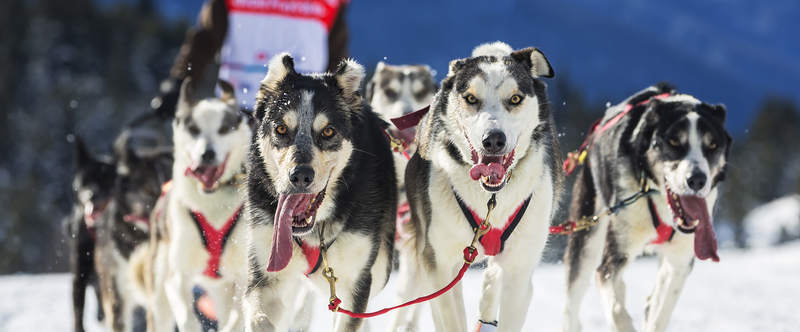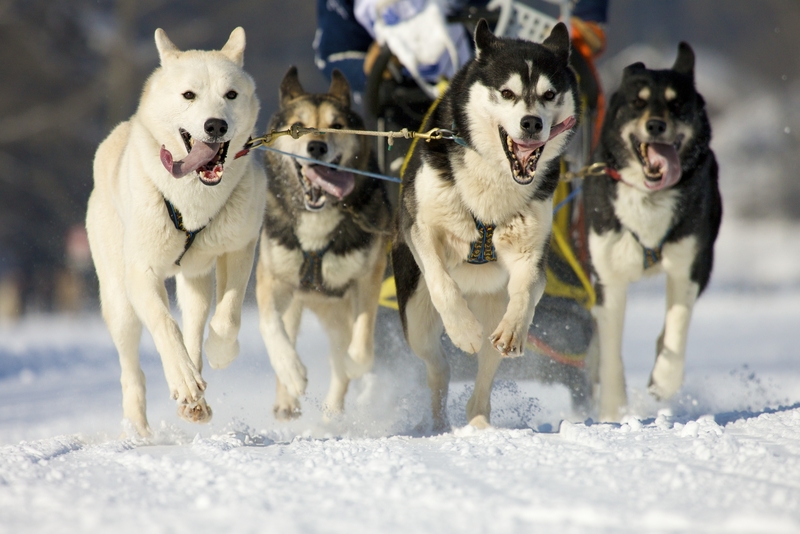Out on the Iditarod trail, you will find the most talented mushers and teams in the world. But they didn’t walk into the sport as champions.
No, it required a process. It required a commitment to growth—at the personal and professional level.
Whether you’re an Alaskan musher or an entrepreneur, the highest rates of leadership satisfaction occur where people stretch themselves to learn or achieve something new. (I know that’s true for me!)
Growth doesn’t just happen—even for the talented. To find out if you are setting yourself up for meaningful growth, consider these 3 “trail necessities.”
1. Growth Requires Input
On the trail, as the winter snow melts away, new life emerges—fresh spring vegetation, running water, and another year of preparation. Even after the race ends, mushers begin creating new plans and identifying new growth opportunities for themselves and their teams.
The team that contents itself by remaining the same between races will start well behind every other pack next year.
When I believe that I’ve already “made it,” my creativity and curiosity deteriorate every time. On the other hand, new input always generates fresh energy.
Favorite inputs of mine include listening to audiobooks, podcasts, and engaging personal mentors. Whenever I get the chance to read even a couple chapters of a new book, I feel rebooted.
Let the hunger for growth fuel the fire of passion for your life and business. Today, it’s easier than ever to instantly find something to read, something to hear, something to learn, somewhere to grow. So there is no excuse for standing still.

2. Growth Requires a Reason
Everyone improves for different reasons—but without a reason, you’ll be headed nowhere fast.
On the Iditarod trail, survival, competition, and the fulfillment of a lifetime of training keep the team on task. When I first started in leadership, I was motivated to grow because I knew enough to know that I didn’t know enough.
I needed those experiences that brought me face-to-face with personal and professional shortcomings. Case in point: At age 18, I was #1 in sales for my department. So when the department management position became available, they turned to me to fill it.
I called my first manager’s meeting for the next Saturday with the agenda to teach everyone else in the department how to sell better.
No one showed up for the meeting. The pain of that event caused me to want to grow and learn.
Even after years of experience, I’m still growing and learning to extend my personal potential. Potential isn’t a destination; it’s the constant inspiration to keep moving.
There are still better ways to do what I do—better ways to lead, teach, speak, coach, facilitate, etc.
The trail of leadership is a lifetime journey. Whatever reason keeps you on the move—pain, potential, or even curiosity— write it down, post it up, keep it where you can always remember to stay inspired.
3. Growth Requires Accountability
On dog sled teams, when you’re strapped in with 15 other dogs and a musher, each member of the pack is encouraged to give their best work. None want to let the rest of the team down, because the consequences of checking out will affect more than themselves.
Keep an eye on that pressure. Sometimes it can crush, but in the right environment, it creates a “7th gear” of performance that the whole team benefits from. In the past I’ve used elements like:
- Accountability partners that check in regularly
- Committing to leading a team
- Starting a club where you have to show up
- Setting personal milestones or deadlines
It can be daunting to purposefully put yourself in a place of growth. But on the days where you would rather quit, that structure keeps you moving. And all movement forward is a lesson learned.
Launch today and find something or someone to commit to that will “harness” you into growth mode.

Share Your Growth
For years, now stretching into decades, I have always come back to this principle of intentional growth.
I have had the great fortune of surrounding myself with people of a similar mindset who encouraged me, “If you will pour knowledge into yourself; if you will purpose to fill yourself with great knowledge, then you will become an incredible leader.”
Even if I am facing in the wrong direction and can only turn one degree each day—in 6 months, I can turn 180 degrees and be back on the right track!
I’d love to hear about your growth experiences. Feel free to share with the rest of us your favorite method for learning and growth. You never know when your comment will be the one that touches someone else.
Thanks for being a part of the leadership adventure! See you out on the trail!
















